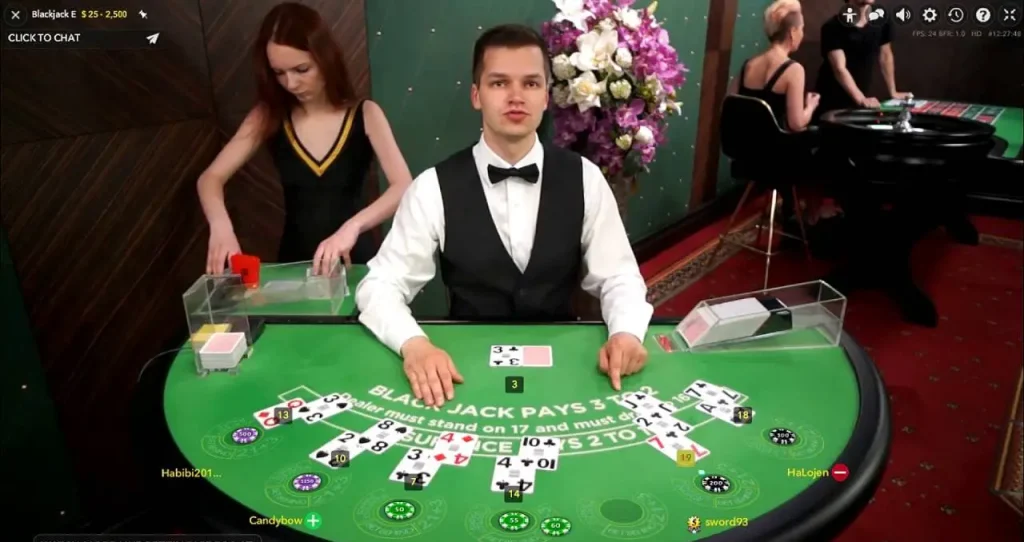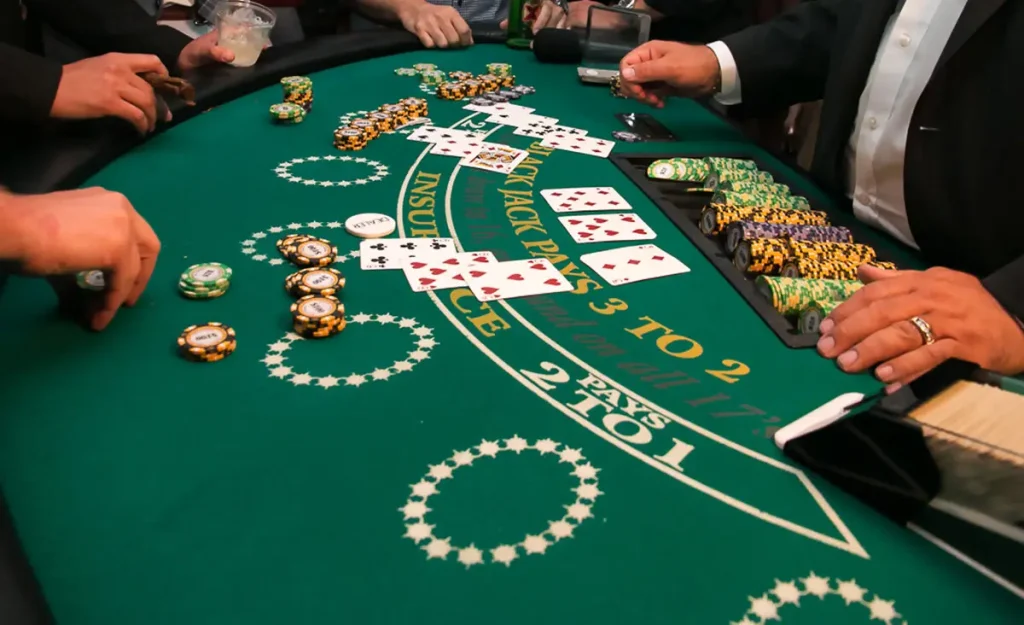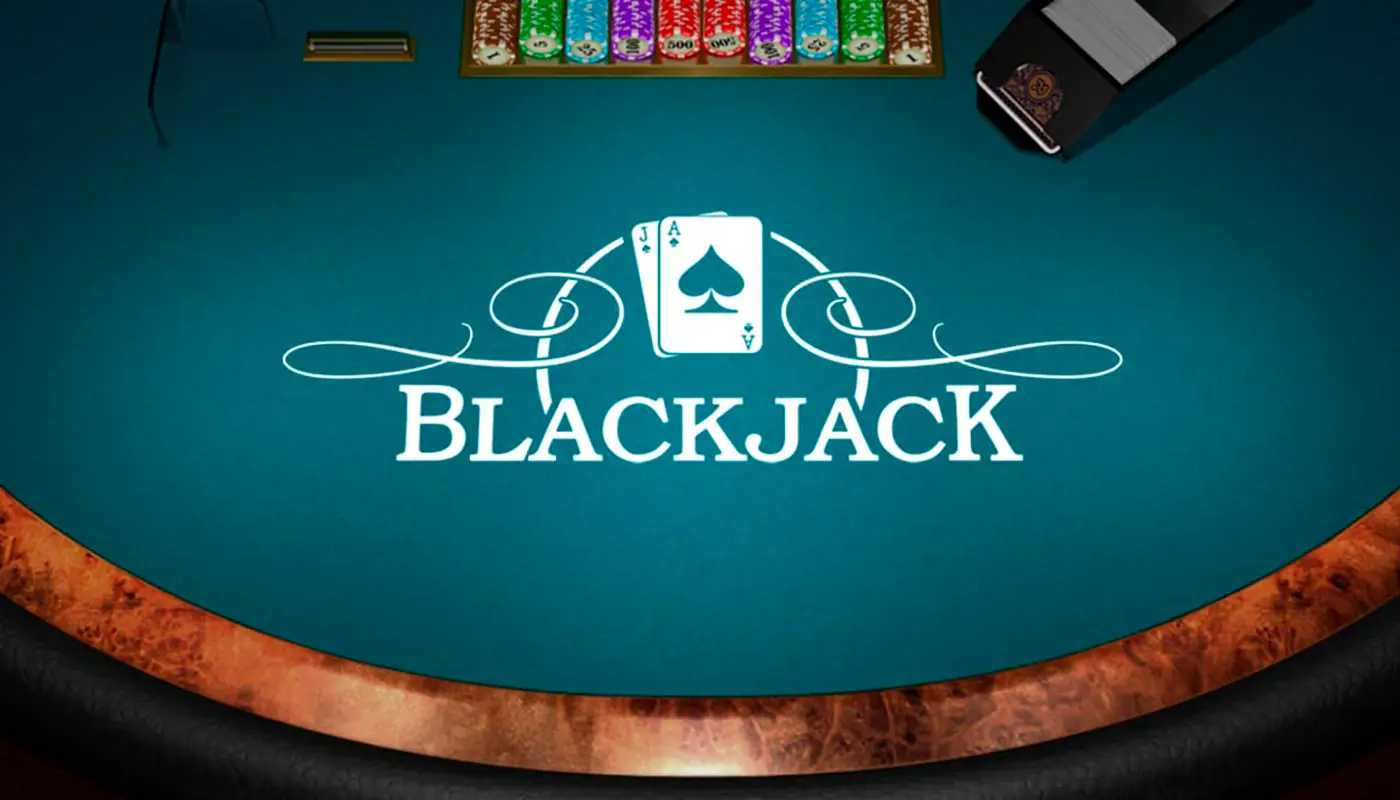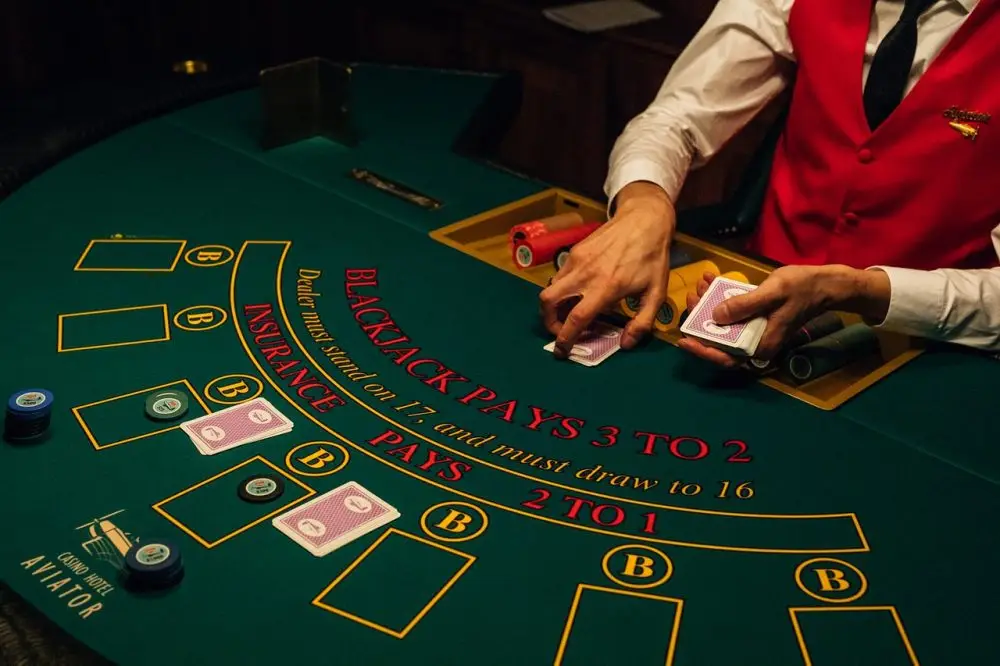Blackjack is a game with elements of luck, deep mathematical calculation and strategic approaches. These factors can make all the difference throughout a session. To win at blackjack, you need to master techniques that minimise the casino’s advantage, while allowing you to use mathematically sound decisions.
Blackjack basics: what’s important to know
Before delving into the strategic elements, it is important to have a clear understanding of the game itself. Blackjack is a card table game in which participants battle against the dealer and not against other players. The objective is to collect as close to the value of 21 points as possible without exceeding it. Each card in the deck has its own value: 2 to 10 corresponds to the face value, the jack, queen and king are 10 points, and the ace can be equal to 1 or 11, depending on the situation. The classic winning combination is blackjack: an ace and a Broadway card (10, jack, queen or king), which gives the player a payout of 3 to 2. It is important to remember that any hand with a total of more than 21 points means immediate defeat.
Card counting: a key technique for winning at blackjack
 One of the most powerful tools for success at the table is the ability to count cards. This strategy allows the player to keep track of the denominations that have already been played and, based on this, draw conclusions about the probability of certain cards falling in the next hands.
One of the most powerful tools for success at the table is the ability to count cards. This strategy allows the player to keep track of the denominations that have already been played and, based on this, draw conclusions about the probability of certain cards falling in the next hands.

The plus-minus counting system is the simplest and most commonly used. Its essence is as follows: cards with a face value of 2 to 6 are assigned positive values, 7 to 9 are considered neutral, and 10 and all higher cards are negative. The player keeps track of these values and, depending on the number of high cards remaining in the deck, decides whether to continue the game. The higher the total of the deck, the more favourable the situation is for the participant, as high denominations (tens, jacks, queens and aces) increase the probability of getting a blackjack.

Counting is not a panacea and modern online casinos use the mechanics of shuffling the cards randomly, which considerably reduces the effectiveness of this strategy. In fact, large casinos are implementing technology to identify suspicious players using this method, which also reduces the success of this technique.
Basic strategy: how to win at blackjack
Every experienced player knows that the main tool in his arsenal is the basic tactic, which is the mathematically optimal behaviour in each particular situation. This strategy takes into account the hand and the card revealed by the dealer and advises how to proceed: take more, stand, double down or split a pair.
Basic blackjack strategy boils down to a few simple rules:
- If the hand is 8 or less, always take a card.
- If it’s 17 or more, stick with your denominations.
- If the number is 12 to 16 and the dealer shows a card between 2 and 6, stay, otherwise draw a card.
Double and split strategies: how to win at blackjack with big profits
Another element that is often used to increase your chances of winning is considered to be doubling down and splitting your cards. These strategic moves can significantly improve your position in the game if applied at the right time. For example:
- Doubling down allows the player to strengthen their starting position in exchange for receiving only one additional card. This is recommended when you have a strong hand, such as 10 or 11, and are confident that one more image will improve your chances of winning.
- Split – The process of dealing two cards of the same denomination into two separate hands with an additional bet equal to the original bet. This is especially advantageous when there are a pair of Aces or Eights, as they can form winning combinations.
These tactics can greatly increase the chances of winning, especially in the case of strong cards.
Managing your bankroll and minimising risk
No matter how well you play, bankroll management is an important part of how to win at blackjack. One of the most common ways to manage your bankroll is considered the flat progression method, where a player bets the same amount for the entire session, regardless of whether they win or lose. This method helps to avoid large losses and control the balance. For more experienced players, there is the Martingale system, where the bet is doubled after each loss. This increases the chances of recouping losses, but the method requires sufficient capital and may entail higher risks in case of a long unsuccessful series.
Consideration of the dealer’s card: an additional element of strategy
In Blackjack, the outcome of the game often depends on the dealer’s opening card. For example, if the dealer opens with a weak card (2-6), the chance of losing increases significantly and the player should adopt a more aggressive strategy, including doubling down or splitting. But if the dealer has a strong card (10 or ace), he should be more cautious and play with minimal risk.
When is it worth using insurance?
Many people wonder whether it is worth using insurance. Insurance is an additional bet offered to the player when the dealer has an open ace. If the dealer gets a blackjack, the participant receives a 2:1 payout on the insurance amount. This method is not recommended, as it gives a huge advantage to the casino and leads to losses in the long run. Strategists agree that insurance is more of a trap for inexperienced players than a way to increase the chances of winning.
Conclusion
 As can be seen from the analysis presented, the key to success in winning at blackjack lies in applying the right strategies, careful bankroll management and competent card counting. While the casino always has the upper hand in the long run, skilled players can significantly reduce this advantage by using all the tools available to them. Knowing how to correctly calculate odds, manage risk and recognise when to make important decisions can significantly improve your game and increase the odds of success.
As can be seen from the analysis presented, the key to success in winning at blackjack lies in applying the right strategies, careful bankroll management and competent card counting. While the casino always has the upper hand in the long run, skilled players can significantly reduce this advantage by using all the tools available to them. Knowing how to correctly calculate odds, manage risk and recognise when to make important decisions can significantly improve your game and increase the odds of success.
 en
en  ru
ru  de
de  ar
ar  es
es  hi
hi  fr
fr  nl
nl  it
it  pt
pt  el
el 



